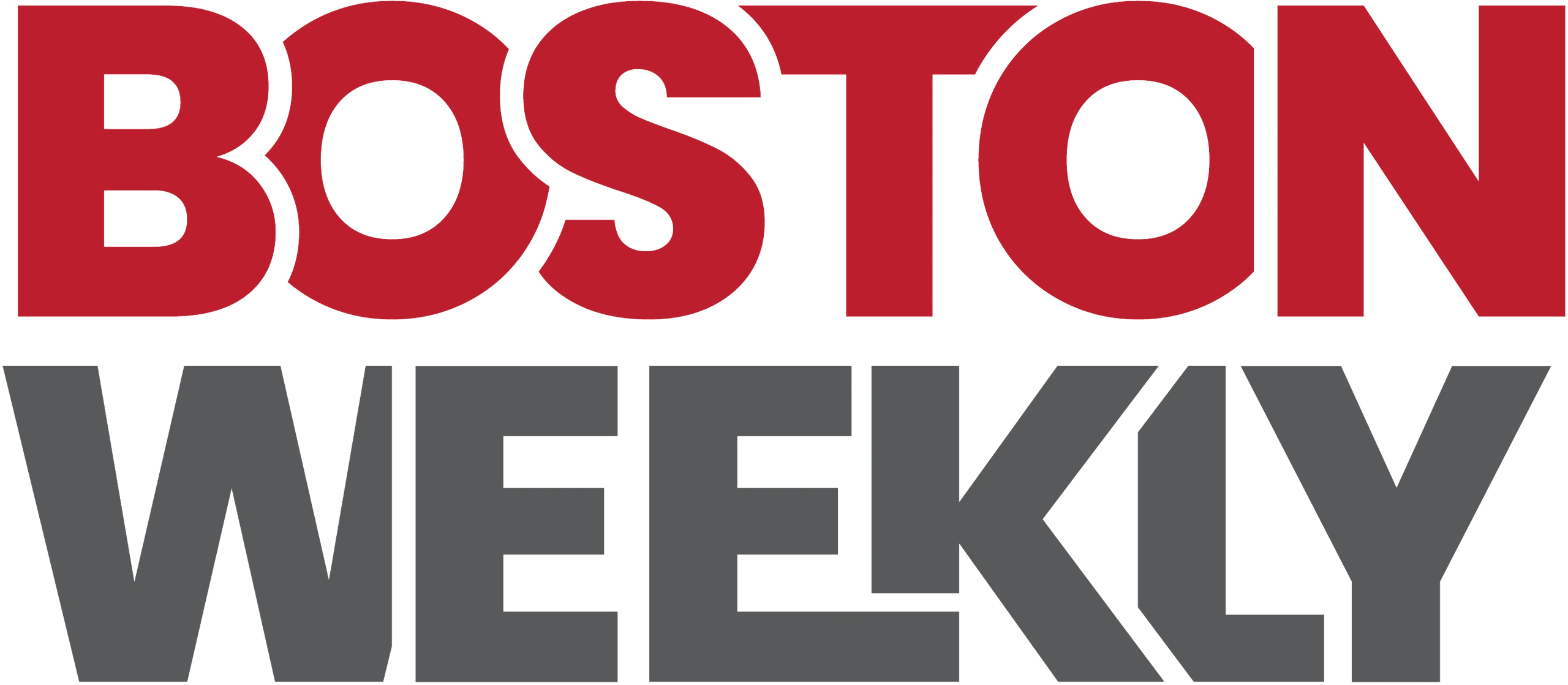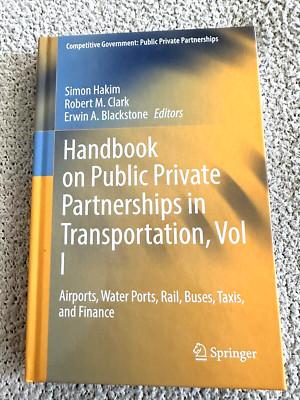Public-Private Partnerships (PPPs) are emerging as a powerful catalyst in advancing transportation infrastructure worldwide. By combining the strengths of public agencies and private sector innovation, these collaborations are overcoming funding challenges and accelerating project delivery. From roads and bridges to transit systems, PPPs are enabling critical transportation projects that enhance connectivity and economic growth.This emerging model is reshaping how governments mobilize resources and expertise,ensuring that essential transportation networks keep pace with growing demands and technological change[1][3].
Table of Contents
- Public-Private Partnerships Accelerate Innovation in Transportation Infrastructure
- Unlocking Funding Opportunities Through Collaborative Models
- Addressing Challenges in Public-Private Transportation Projects
- Recommendations for Enhancing Transparency and Accountability in PPPs
- Closing Remarks
Public-Private Partnerships Accelerate Innovation in Transportation Infrastructure
Governments and private entities are increasingly joining forces to reshape transportation infrastructure through strategic collaborations. These alliances leverage private sector innovation and capital alongside public oversight, accelerating project timelines and enhancing technological integration. By sharing risks and pooling expertise, public-private partnerships (PPPs) enable rapid deployment of advanced solutions such as smart traffic management systems, electric vehicle charging networks, and sustainable transit options.
Key drivers of success in these initiatives include:
- Enhanced financing models that attract private investment without overburdening taxpayers
- Adaptive regulatory frameworks encouraging innovation while ensuring public safety
- Collaborative governance structures fostering transparency and accountability
This collaborative approach is transforming urban and rural mobility networks, improving accessibility, and laying the groundwork for resilient, future-ready transportation ecosystems.
Unlocking Funding Opportunities Through Collaborative Models
Innovative funding frameworks have become essential in overcoming the conventional financial constraints faced by large-scale transportation projects. By integrating resources from both public entities and private investors, these partnerships pave the way for greater financial adaptability and risk-sharing. This model enables the mobilization of capital that might otherwise remain untapped, accelerating project timelines and enhancing infrastructure quality. Moreover,the collaboration encourages clear governance,where stakeholders align their goals to optimize project delivery and public benefit.
The success of these ventures often hinges on creative financing structures that balance interests across sectors. Key components include:
- Shared investment risks that reduce the burden on public budgets while attracting private capital
- Performance-based incentives that ensure accountability and results
- Flexible contract terms promoting adaptability to evolving project needs
- Leveraging innovative funding sources such as green bonds and infrastructure funds
Together, these elements unlock diverse funding streams, making ambitious transportation projects financially viable and sustainable over the long term.
Addressing Challenges in Public-Private Transportation Projects
Public-private transportation initiatives frequently encounter hurdles rooted in differing organizational priorities and complex regulatory landscapes. Navigating these challenges requires clear interaction channels and a shared vision between government entities and private firms. Project timelines frequently enough face delays due to overlapping jurisdictions, varying risk appetites, and lengthy approval processes. Proactive risk management and the establishment of transparent governance structures have proven critical in aligning diverse stakeholder interests, thus ensuring smoother progression from planning to execution.
Financial constraints and community impact concerns also pose significant obstacles. Effective solutions involve integrating sustainable financing models such as blended funding and performance-based incentives to attract private capital while safeguarding public interest. Equally significant is early and continuous engagement with local communities to address social and environmental implications, which helps build public trust and mitigates opposition.Leading projects leverage:
- Innovative contractual frameworks
- Dynamic stakeholder engagement practices
- Robust technological integration for real-time monitoring
These strategies collectively overcome barriers that traditionally slow down infrastructure advancements.
Recommendations for Enhancing Transparency and Accountability in PPPs
For public-private partnerships to truly fulfill their promise in advancing transportation infrastructure, robust transparency mechanisms must be embedded at every stage. This begins with mandatory, real-time disclosure of project details-contract terms, funding sources, and progress milestones-accessible to the public via dedicated online portals. Regular audits conducted by self-reliant oversight bodies coupled with standardized reporting formats will ensure consistent evaluation and foster trust among stakeholders. Encouraging open forums and community engagement sessions also helps illuminate project challenges and keeps decision-makers accountable to public interests.
Equally critical is establishing clear accountability frameworks that delineate roles and responsibilities between public agencies and private partners.Implementing performance-based contracts tied to measurable outcomes will incentivize efficiency and quality delivery. Additionally, governments should enforce stringent conflict-of-interest rules and whistleblower protections to curb malpractices. To support ongoing vigilance, a binding feedback loop integrating third-party evaluations and citizen input should be institutionalized, creating a transparent ecosystem where every dollar invested and decision made withstands public scrutiny.
Closing Remarks
As transportation needs continue to evolve, public-private partnerships emerge as a critical strategy to accelerate project delivery, leverage private sector expertise, and optimize public resources.These collaborations not only address funding challenges but also foster innovation and efficiency, positioning infrastructure projects for long-term success. As cities and regions strive to meet growing demands, the continued embrace of public-private partnerships stands poised to drive transformative progress across transportation networks nationwide.

